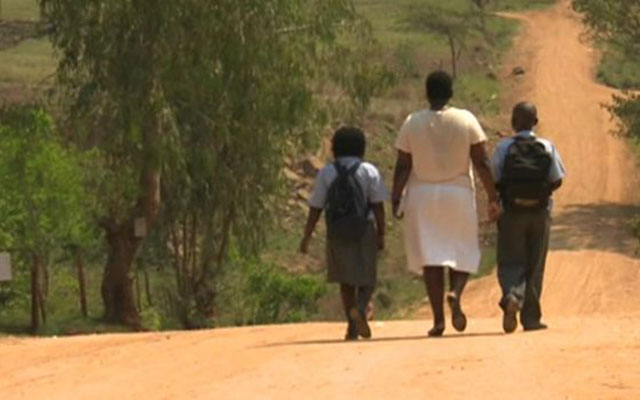Schools defy Govt directive . . . 63pc pupils sent away over fees

Felex Share Senior Reporter
At least 63 percent of pupils were turned away from school during the first term of 2017 due to non-payment of fees, statistics from the latest Zimbabwe Vulnerability Assessment Committee (ZimVAC) report show.
This is despite Government having a policy in place that discourages such practice.
According to the 2017 ZimVAC Rural Livelihoods Assessment Report, 7 percent of children failed to attend school due to illness.
Also read:
- Fees push out 32pc rural pupils
- Day schools warned over fee ‘expulsions’
- Govt warns against unauthorised fee hikes
- ‘No to debt collectors in schools’
- ‘Don’t bar children from school’
- Don’t chase children away, schools told
“Nationally, at least 63 percent of children experienced being turned away for non-payment of school fees,” reads the report. “Generally, the proportion of children who were turned away from school during the first term of 2017 was high in all provinces. This is so despite there being in place a policy that discourages this practice.”
Observers said Government policy on universal primary education and its complementary policy that no child should be denied access to schooling for failure to pay fees needed strict monitoring.
Government, observers added, should increase Basic Education Assistance Module (BEAM) funds to support vulnerable children.
ZimVAC is a consortium of Government, United Nations agencies, NGOs and other international organisations.
The group’s findings assist Government and development partners in coming up with intervention programmes.
The report stated that during the survey period, about 88 percent of children of school-going age were in school.
“Of those children who were not in school during the survey period, 42 percent were not in school due to financial constraints followed by 23 percent who were considered too young,” reads the report.
“The reason that children were being considered too young to go to school and that of schools being far may be suggestive of limited physical access to school, particularly those that cater for Early Child Development levels. About 7 percent were not in school due to illness.”
Meanwhile, the report shows that incomes for rural households were on a downward trend since 2014.
This, the report noted, calls for the implementation of income-generating projects.
“Nationally, the average household income for the month of April was $74, about 20 percent higher than the same time last year,” reads the report.
“The most important sources of income were casual labour and food crop production.
“Vegetable production and sales and remittances were amongst the most important sources of income of about 8 percent of the households.”
On expenditure, the report stated that the average household outflow increased from $49 to $52.
“Average household expenditure for six months was highest for agriculture followed by education,” reads the report. “Other expenditure included expenditure on clothes, social occasions, funerals and loan repayment.
“Generally, most decision-making on household expenditure was mostly done by mothers.”
The 2017 ZimVAC report was compiled using data collected from 11 858 households, 4 422 children and 1 170 community group discussions from districts in the country’s eight rural provinces.








Comments